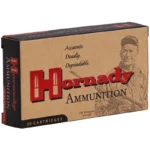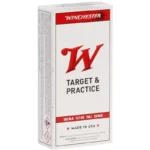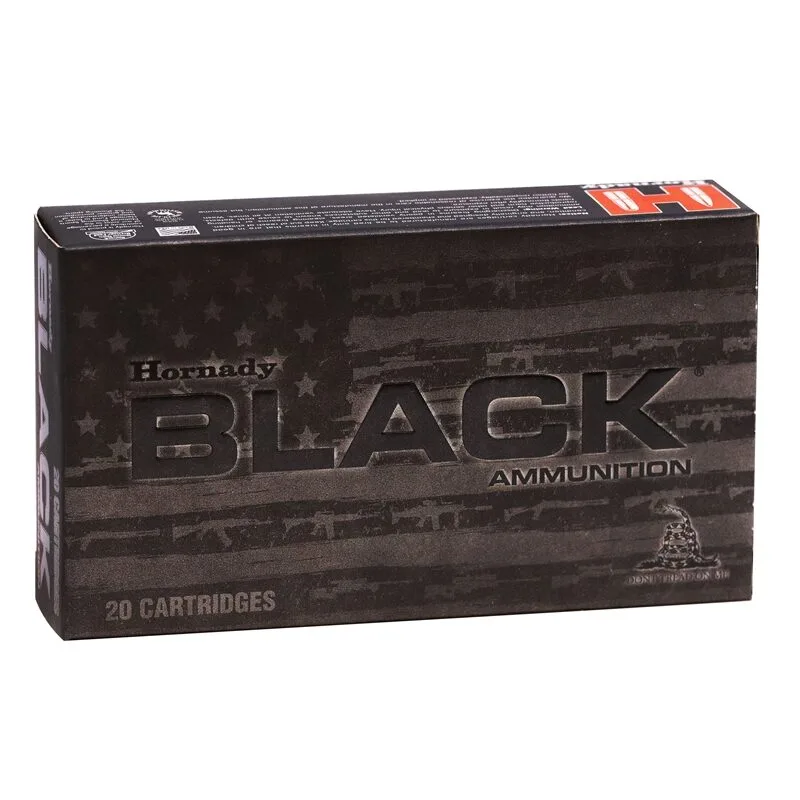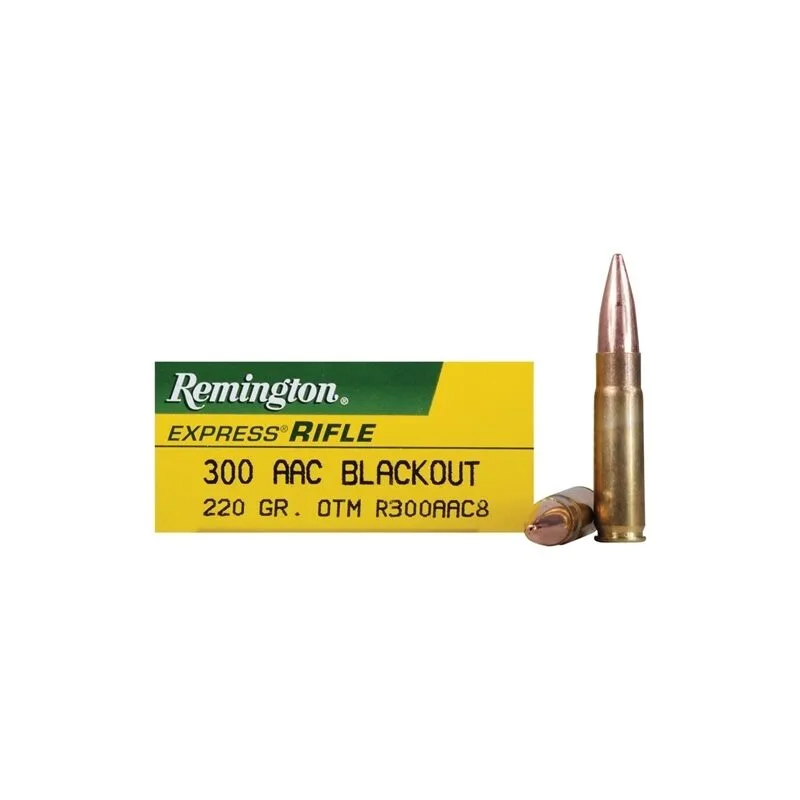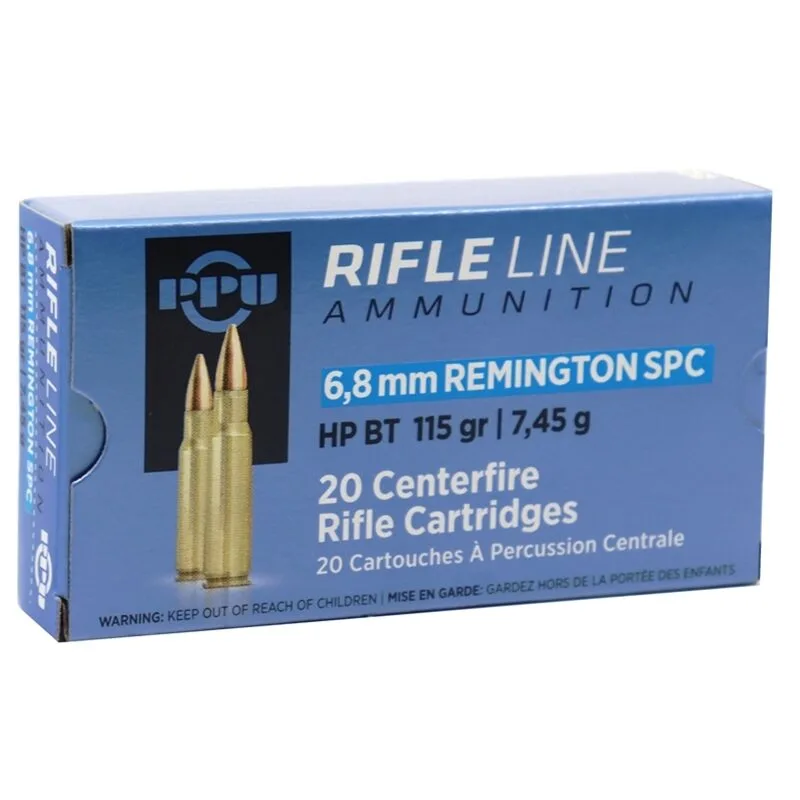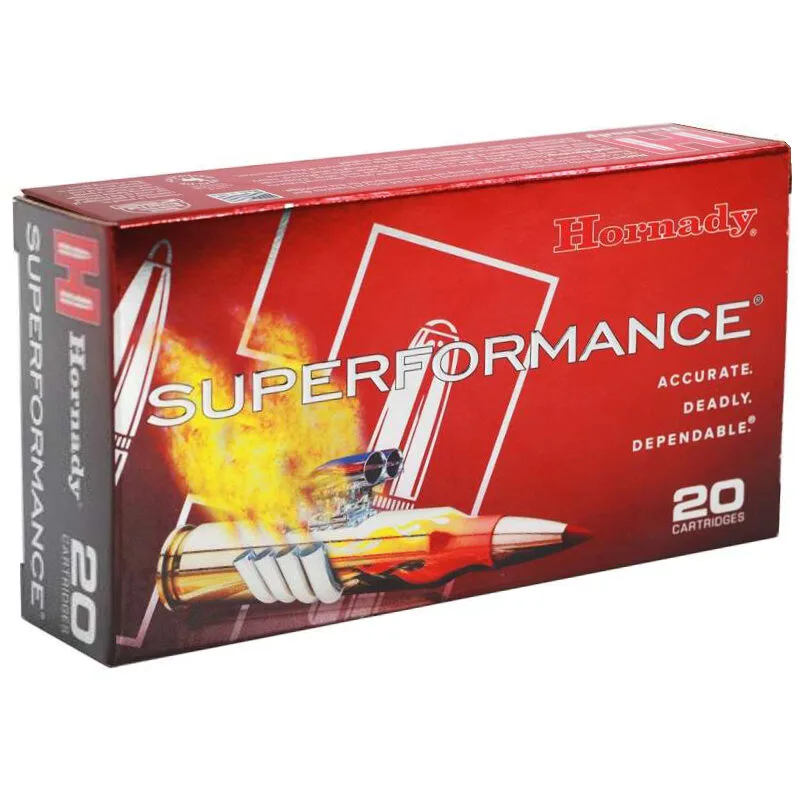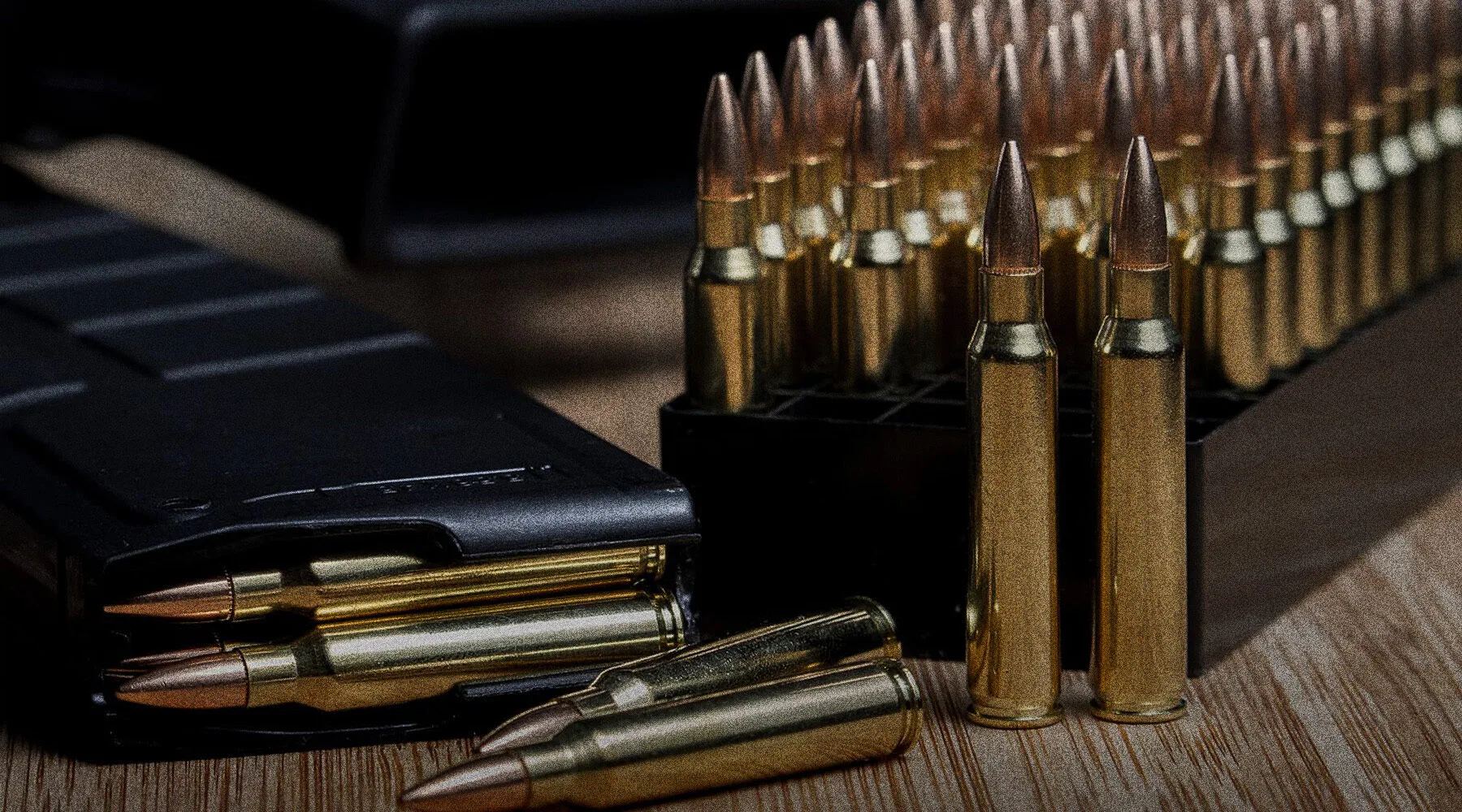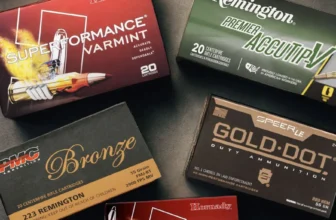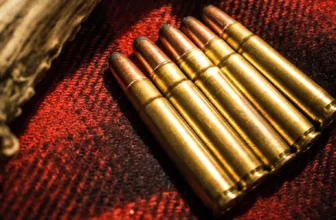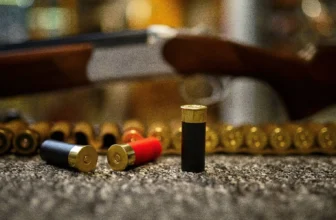TL;DR
Two popular AR cartridges, two very different strengths
- Running a short, suppressed AR for home defense or range fun? Go 300 AAC Blackout. It’s optimized for short barrels, plays great with suppressors, and has tons of subsonic options.
- Want more reach and energy for medium game like whitetail and hogs, especially past 150–200 yards? Choose 6.8 Remington SPC (SPC II). It hits harder at distance and flies flatter.
Check out the 6.8 SPC and 300 BLK loads shooters are buying right now.
Let’s dive into what we’ll be looking at..
Fast Facts: 6.8 SPC vs 300 Blackout
- Year Introduced:
- 6.8 SPC: 2004
- 300 BLK: 2011 (SAAMI)
- Parent Case:
- 6.8 SPC: .30 Remington
- 300 BLK: .223 Remington / .221 Fireball family
- Bullet Diameter:
- 6.8 SPC: 0.277 in
- 300 BLK: 0.308 in
- Typical bullet weights:
- 6.8 SPC: 85–120 grains (most common 90, 110, 115, 120)
- 300 BLK: Supersonic 90–150 grains; Subsonic 190–220+ grains
- Typical uses:
- 6.8 SPC: Medium game hunting, extended-range AR carbines, patrol carbines
- 300 BLK: Suppressed/SBR builds, home defense, general-purpose carbines
- Magazines and bolts:
- 6.8 SPC: Requires dedicated 6.8 SPC magazines and a 6.8 bolt
- 300 BLK: Uses standard 5.56 bolt and standard AR-15 magazines
- Pressure (SAAMI):
- Both rated at 55,000 psi
- Barrel friendliness:
- 6.8 SPC: Designed to outperform 5.56 in M4/SBR-length barrels; also great in 12.5–16″
- 300 BLK: Optimized for short barrels; achieves full burn in about 9″
- Suppressed performance:
- 6.8 SPC: Suppressor-friendly but primarily supersonic loads
- 300 BLK: Exceptional (subsonic + suppressor = very quiet)
Cartridge Specs: How They Stack Up
Here’s the nuts and bolts. Both cartridges fit the standard AR-15 magazine length of 2.26 inches. The 6.8 SPC’s larger diameter case can hold more powder with its usual bullet weights. This gives it higher velocity and a flatter trajectory at distance.
The 300 BLK often uses heavier bullets, especially in subsonic loads. These take up more case space, lower velocity, and make it excellent for close-range power and suppressed shooting.
Now let’s look at some more key specs for each cartridge.
| Specs | 300 AAC | 6.8 Rem |
|---|---|---|
| Bullet diameter | 0.308″ | 0.277″ |
| Neck diameter | 0.334″ | 0.306″ |
| Shoulder diameter | 0.354 | 0.403″ |
| Base diameter | 0.378 | 0.422″ |
| Rim diameter | 0.378 | 0.422″ |
| Case length | 1.368 | 1.686″ |
| Overall length (max) | 2.26 | 2.26″ |
| Case capacity (H2O) | 24–25.5 grains | 34–36 grains (varies by brass) |
| SAAMI max pressure | 55,000 psi | 55,000 psi |
| Typical rifling twist | 1:7–1:8 (1:7 popular to stabilize heavy subsonics) | 1:11–1:11.25 (SPC II standard) |
| Primer | Small rifle, Boxer | Small rifle, Boxer |
| Case type | Rimless, bottleneck | Rimless, bottleneck |
Cartridge Specs (typical values; SAAMI where applicable)
Why it matters:
- Capacity and Pressure
- The 6.8 SPC’s larger case gives it more powder capacity than 300 BLK.
- This allows higher velocity potential and better energy retention at longer ranges when loaded to similar pressures.
- Compatibility
- 300 BLK: Simple AR swap, only needs a barrel change.
- 6.8 SPC: Requires a barrel, bolt, and dedicated magazines.
- Magazine Capacity
- 300 BLK: Uses standard AR mags with 30-round capacity.
- 6.8 SPC: Dedicated mags typically hold about 25 rounds in the same size.
Performance Comparison (Common Loads)
Factory loads vary by barrel length and intended purpose. Below are representative, published specs from major manufacturers using common barrel lengths (typically 16″, unless noted). Always check your specific load’s published data.
Common 300 BLK and 6.8 SPC Loads (typical factory specs)
Pro tips:
- Barrel length matters a lot. 300 BLK maintains performance surprisingly well in 7.5–9″ barrels; 6.8 SPC keeps gaining from 12.5″ to 16″ and beyond.
- Subsonic 300 BLK loads are designed to stay under the speed of sound (~1,125 fps at sea level). They’re quiet suppressed but deliver much less energy than supersonic loads.
Trajectory & Bullet Drop
Quick refresher: “Bullet drop” is how far the bullet falls below your line of sight due to gravity as it travels. Flatter is generally better for point-and-shoot simplicity at distance.
What you’ll see in the real world (100-yard zero, typical 16″ barrels):
- 300 BLK 110-gr V-MAX (~2375 fps): Mild drop at 200 yards (roughly 7–9 inches), more pronounced at 300 (often over 25 inches). Wind drift is also more noticeable thanks to lower BCs in light supersonic bullets.
- 6.8 SPC 110–120-gr (~2460–2625 fps): Flatter at 200 yards (often 5–7 inches) and noticeably flatter at 300 yards compared with 300 BLK loads of similar weight. Many 6.8 loads remain supersonic well past 500 yards; common 300 BLK supersonics tend to dip subsonic around 400–500 yards.
Why it matters:
- If you want to stretch an AR-15 past 200 yards with a forgiving trajectory, 6.8 SPC has the edge.
- For inside-150-yard work, both get it done. The choice then becomes recoil, cost, suppressor use, and ammo selection.
Ballistic coefficient (BC) and sectional density (SD) quick note:
- With similar bullet weights, 6.8 SPC typically uses longer, slimmer bullets that produce higher ballistic coefficient (BC) and sectional density (SD).
- 300 BLK can use very heavy subsonic bullets with high BC and SD.
- Subsonic velocity is much lower by design, which reduces the practical long-range advantage of those higher BC and SD values.
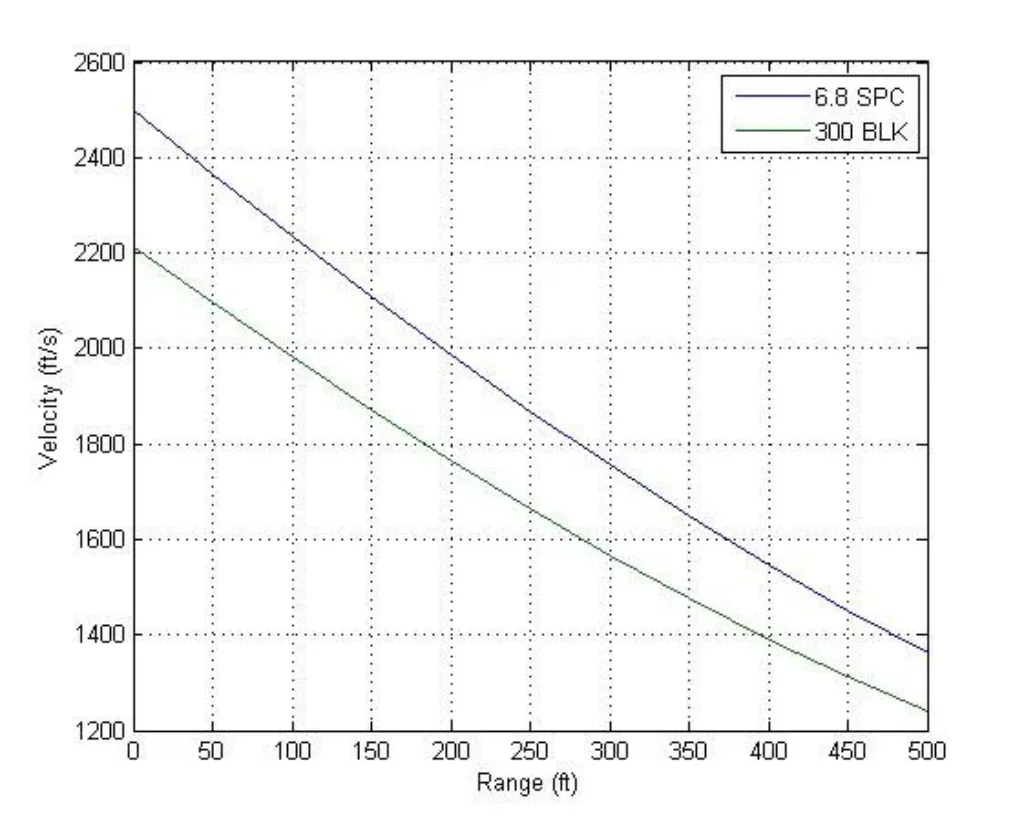
Stopping Power, Penetration, and Terminal Ballistics
Translation time: energy is only part of the story, bullet construction and impact velocity are huge.
- 300 BLK supersonic:
- Expanding bullets like the Barnes 110-gr TAC-TX (“black tip”), Hornady 110 V-MAX, or Federal Fusion 150-gr are proven on deer and hogs inside typical woods distances. Expect rapid expansion and good energy transfer at close to mid ranges.
- 300 BLK subsonic:
- Look for purpose-built subsonic expanding bullets (Hornady Sub-X 190-gr, Lehigh Defense Controlled Fracturing) to avoid .30-cal “ice-pick” wounds. Energy is much lower (~400–600 ft-lbs), so shot placement is king.
- 6.8 SPC:
- Where it shines is medium game from 0–300 yards. Loads like the Hornady 120-gr SST, Federal Fusion 115-gr, and Sierra Pro-Hunter 110-gr deliver reliable expansion and penetration at typical field impact speeds. With 300–500 ft-lbs more on target than 300 BLK at 200–300 yards, you’ve got extra margin for ethical kills.
Recoil & Shootability
Neither of these is a shoulder-wrecker in an AR-15. Using a 7-lb carbine as a baseline:
- 300 BLK supersonic 110–150-gr: ~5–7 ft-lbs of recoil energy
- 300 BLK subsonic 190–220-gr: ~3–5 ft-lbs (very soft, especially suppressed)
- 6.8 SPC 110–120-gr: ~8–10 ft-lbs
What it feels like:
- 300 BLK is notably soft, which helps newer shooters build confidence and makes fast follow-ups a breeze. Subsonic + suppressor is grin-inducing.
- 6.8 SPC has more push but still far less than .308 Win. Most shooters find it very manageable in a gassed AR.
Practical Applications: Which Caliber For Which Job?
Let’s go through some scenarios…..
- Home defense
- Winner: 300 BLK (especially suppressed). Tons of subsonic options, excellent controllability, and designed for short barrels. Choose loads built for indoor use and expansion at low velocity if you’re running subs.
- Training/plinking
- Slight edge: 300 BLK. Generally more ammo options and better availability; recoil is softer. 6.8 SPC range ammo exists but tends to cost more and is less common.
- Hunting (small to medium game)
- Inside 150 yards, Tie : both are effective with the right bullet.
- Past 150–200 yards, 6.8 SPC wins: on trajectory and retained energy.
- SBR/pistol builds
- Winner: 300 BLK. Full powder burn around 9″ tuned for short-barrel efficiency and suppressor use.
- Suppressed shooting
- Winner: 300 BLK by a mile thanks to abundant subsonic offerings that expand at low velocity.
- Duty/LE patrol carbines
- Urban/CQB with suppressor: Winner – 300 BLK – Optimized for short barrels and suppression, with abundant subsonic options.
- Rural/longer distances: Winner – 6.8 SPC – Flatter trajectory and more energy past 150–200 yards.
- New shooters
- 300 BLK. Lower recoil and plenty of “soft” training ammo.
- Reloaders
- Winner: 300 BLK has an advantage in brass availability, .223/5.56 cases can be converted to 300 BLK. 6.8 SPC brass is less common but available.
Brief History
- 6.8 Remington SPC (2004)
- Developed by Remington with U.S. SOCOM and the Army Marksmanship Unit to improve performance over 5.56 NATO in short M4 barrels. Based on the .30 Remington case, early chamber design caused pressure issues. The SPC II chamber fixed this with added freebore and a slower twist. Today, most rifles marked 6.8 SPC are SPC II.
- 300 AAC Blackout (2011)
- Created by Advanced Armament Corp. and standardized by SAAMI in 2011. Designed to fit standard AR mags and bolts while offering both supersonic and subsonic performance, especially suppressed. Evolved from the .300 Whisper wildcat into a versatile, widely adopted AR cartridge.
Safety note you should not ignore:
Because 300 BLK fits in standard AR magazines and looks similar to 5.56, it can be accidentally loaded into a 5.56/.223 chamber. This can cause a catastrophic failure. Always keep 300 BLK and 5.56 magazines clearly separated and labeled. Many shooters use dedicated 300 BLK magazines or different colors and baseplates to prevent mix-ups.
Deeper Dive: Accuracy, BC/SD, and Real-World Use
- Accuracy: Both cartridges are mechanically accurate. Shooters tend to shoot 300 BLK a bit “cleaner” up close due to softer recoil; 6.8 SPC is more forgiving at longer range thanks to flatter trajectory and typically better BC in same-weight bullets.
- BC/SD:
- At like-for-like weights (e.g., 110-gr), 6.8 bullets are usually longer/slimmer, giving higher BC and SD, good for wind and penetration.
- 300 BLK also plays the heavy-bullet BC game, but at subsonic speeds the total trajectory is arced, not flat. That’s fine for quiet work at short range; not great for 300-yard shots.
- Energy on target:
- 6.8 SPC typically shows 200–400+ ft-lbs more energy than 300 BLK at 100–300 yards with comparable bullet weights. That extra cushion matters on medium game as ranges increase.
Recoil math (approximate, 7-lb AR)
- 300 BLK 110-gr at ~2375 fps: ~6 ft-lbs
- 6.8 SPC 110–120-gr at ~2500 fps: ~8–9 ft-lbs
- 300 BLK 190–220-gr subsonic: ~3–5 ft-lbs
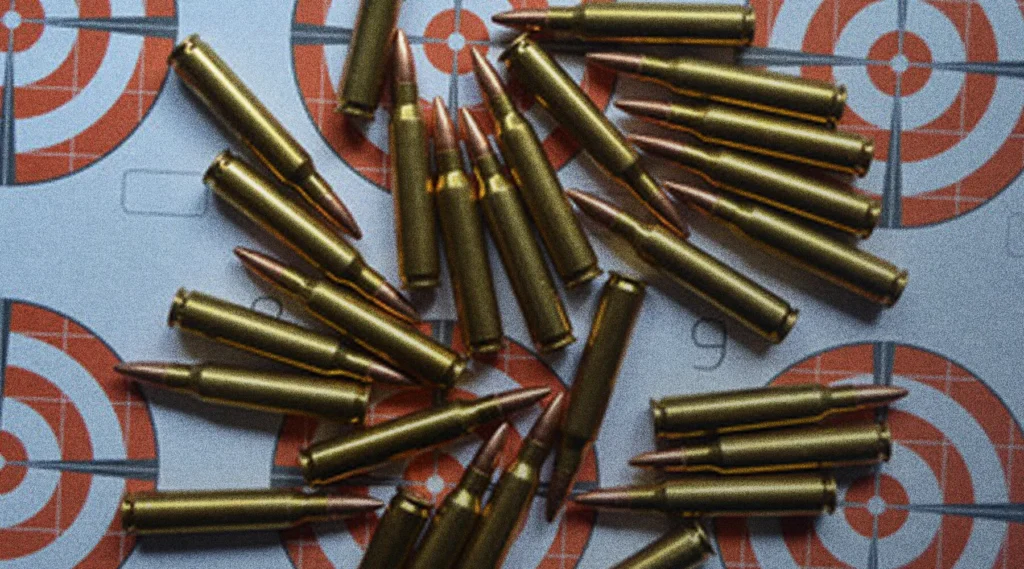
Ammo and Rifle Cost/Availability
- 300 BLK:
- Broadest selection: practice FMJ, premium hunting bullets, and lots of subsonic expanding options.
- Typically more options on shelves and online. Barrel and complete upper availability is excellent. Uses standard 5.56 bolt and mags.
- 6.8 SPC:
- Healthy but smaller ecosystem. Fewer ammo SKUs on shelves vs 300 BLK. Expect dedicated bolts and magazines, and a somewhat narrower selection of uppers/barrels.
- Ammo generally costs more than 300 BLK plinking loads, though prices vary by brand and market cycles.
Reloading Considerations
- 300 BLK:
- Brass is easy, many reloaders convert once-fired .223/5.56 brass to 300 BLK with a trim/forming setup.
- A huge selection of .308″ bullets exists thanks to .30-06, .308 Win, and .300 Win Mag popularity. For subsonic, use bullets designed for expansion at low velocity (e.g., Hornady Sub-X).
- 6.8 SPC:
- Brass is available but not as prevalent as 5.56/223 parent cases. Bullets in 0.277″ are plentiful thanks to the .270 Winchester and newer .277 SIG Fury, but the selection is still narrower than .308.
Suppressor Integration
- 300 BLK was made for this. Subsonic + suppressor is famously quiet and soft shooting, great for training, home defense (with the right ammo), and blast to shoot.
- 6.8 SPC works fine with a can, but it’s a supersonic-only game and will still be louder than suppressed subsonic 300 BLK.
FAQs
- Is 300 Blackout enough for home defense?
- Yes, with the right load. Supersonic 110–150-gr expanding bullets or subsonic expanding bullets (like Hornady Sub-X) are proven performers. It’s especially effective in short barrels and suppressed setups.
- Is 6.8 SPC better for deer?
- If you expect shots out past 150–200 yards, yes. 6.8 SPC keeps more velocity and energy at distance and shoots flatter. Inside woods ranges, both work well with proper bullet selection.
- Why does 6.8 SPC cost more or feel harder to find?
- It’s a smaller market segment than 300 BLK. Fewer SKUs and manufacturers mean prices can be higher and availability spikier.
- Can I use standard AR mags with 6.8 SPC?
- No. 6.8 SPC requires dedicated 6.8 magazines due to its wider case body. Capacity is typically ~25 rounds in a 30-round STANAG-length mag body.
- Can I just swap uppers to run these?
- 300 BLK: yes, barrel (or complete upper) swap only. Your 5.56 bolt and mags work.
- 6.8 SPC: you’ll need a barrel, a 6.8-specific bolt, and 6.8-specific magazines.
- Is 300 BLK safe to fire in a 5.56/.223 chamber?
- Absolutely not. It’s dangerous. Do not mix magazines. Clearly mark and segregate your 300 BLK mags.
- What’s the difference between 6.8 SPC and 6.8 SPC II?
- SPC II is the modern, corrected chamber spec with more freebore and typically a slower twist (around 1:11–1:11.25). It resolves the early pressure issues of the original SPC spec. Virtually all current rifles are SPC II.
Buying Tips & Bulk Ammo Considerations
- For 300 BLK:
- Build around your intended use. If suppressed is the plan, consider an 8–9″ barrel and a gas system set up for subs and supers (adjustable gas blocks help).
- Keep at least two types of ammo on hand: a bulk practice FMJ and your chosen defensive/hunting load. Zero with your “serious” load; confirm POI shift for the practice stuff.
- Label mags. Consider 300 BLK-specific mags or different-colored baseplates to prevent 5.56 mix-ups.
- For 6.8 SPC:
- Make sure your barrel is marked SPC II. Pair with quality 6.8 magazines (PRI, Duramag/C-Products, etc.).
- For deer/hogs, look for proven expanding loads like Hornady 120-gr SST, Federal Fusion 115-gr, or Nosler 110-gr AccuBond.
- If you shoot a lot, buying in bulk lowers your per-round cost and reduces out-of-stock headaches.
Final Recommendation
- If your AR project is a compact, suppressed home-defense/GP blaster, 300 AAC Blackout is the easy button. It uses your 5.56 bolt and mags, shines in short barrels, and offers tons of subsonic and supersonic loads.
- If your priority is medium-game hunting or you want more reach and energy beyond 150–200 yards, 6.8 Remington SPC (SPC II) is the smarter pick. It hits harder, flies flatter, and keeps performance at distance.
- Either way, you can’t go wrong if you match the cartridge to the mission. Stock up on your practice and hunting/defense loads at Target Sports USA, label your mags, and hit the range.
Gabriel Sousa is a marketing associate at Target Sports USA. Known for his content writing, editorial, and ammunition product catalog management skills.
